
Why Are Spiral Hams Like Shoe Leather?
Introduction
Spiral hams are a favorite for festive meals. They’re easy to slice and serve, making them a popular choice. However, many people complain about their dryness. The texture can sometimes resemble shoe leather. Let’s dive into why this happens and how to keep your ham moist and delicious.

Summary and Overview
Spiral hams come pre-cooked, making them convenient for holiday gatherings. Their appeal lies in their easy serving and impressive presentation. Sadly, dryness is a common issue, affecting their flavor and texture. This dryness typically results from overcooking and improper heating. High heat can draw out moisture, leaving you with tough meat. It’s crucial to use proper cooking methods to ensure your ham remains juicy and tender. In this article, we’ll share tips and tricks to prevent dryness and enhance your dining experience. Your guests will appreciate a succulent, flavorful ham at the center of your feast.
To get your cooking journey started, consider investing in a reliable Meat Thermometer. This handy tool takes the guesswork out of cooking, ensuring your ham reaches the perfect temperature without the fear of overcooking. Trust me, your taste buds will thank you!
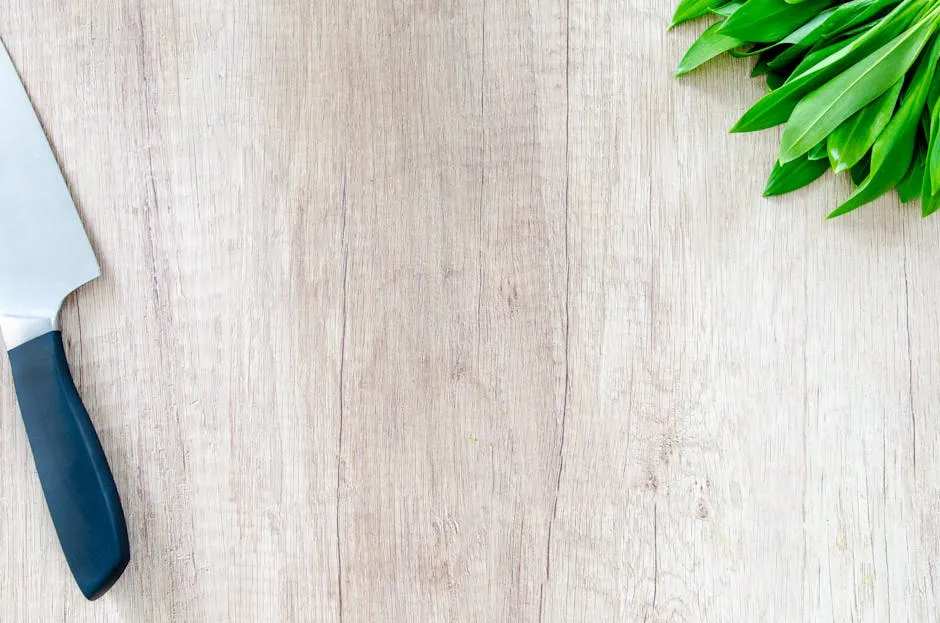
Why Do Spiral Hams Dry Out?
Spiral hams can easily become dry, leading to that dreaded shoe leather texture. The primary culprit is overcooking. Even though these hams are pre-cooked, they still need careful handling. Cooking them too long removes moisture, which is essential for tenderness.
High heat is another factor. When the temperature spikes, moisture evaporates quickly. This evaporation leaves the ham dry and chewy. It’s best to cook spiral hams at lower temperatures for a longer time. This method helps retain those precious juices.
Basting and covering your ham is crucial. Basting keeps the surface moist, while covering traps steam inside. This steam helps maintain moisture levels throughout the cooking process. Without these steps, the exposed surface of sliced ham dries out rapidly.
The structure of spiral hams also plays a role. Since they are pre-sliced, more surface area is exposed to the heat. This increases the chances of drying out, especially if not monitored closely during cooking.
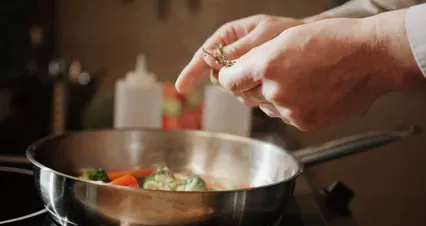
Tips to Prevent a Dried-Out Spiral Ham
Choose Wisely
When buying a spiral ham, look for one that is well-marbled. Marbling means there’s more fat, which helps keep the meat moist. Read labels carefully. Choose hams with fewer additives and higher quality ingredients. The right ham can make a significant difference in your cooking experience.
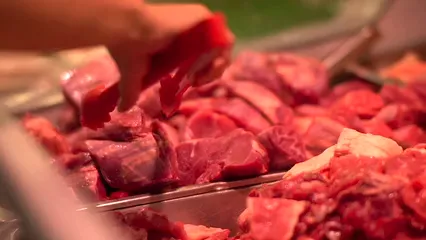
Use a Meat Thermometer
To avoid overcooking, invest in a good Instant Read Thermometer. The ideal internal temperature for spiral ham is around 140°F (60°C). Once it reaches this temperature, remove it from the oven. Let it rest for 15-20 minutes before slicing. Resting helps the juices redistribute, ensuring a moist bite.
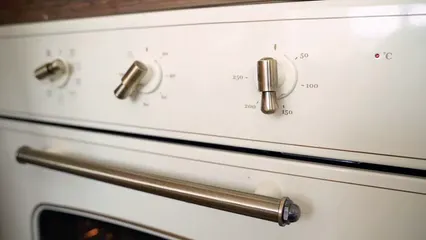
Baste Regularly
Basting your ham is key to keeping it juicy. Aim to baste every 20-30 minutes. Use a glaze that complements the ham, such as a mix of honey, brown sugar, and Dijon mustard. This not only adds flavor but helps form a delicious crust.
By following these tips, you’ll transform your spiral ham from dry and tough to juicy and tender. Your guests will thank you for a delightful centerpiece at your next gathering.
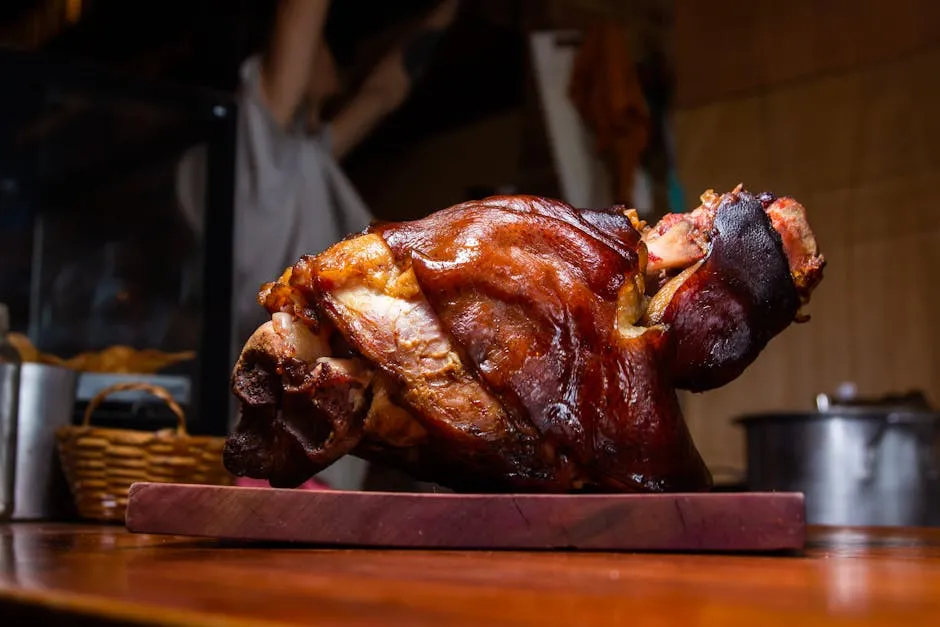
Cook Low and Slow
Cooking your spiral ham at low temperatures is crucial. Aim for around 250°F (120°C) for the best results. This method allows the ham to heat evenly without losing moisture. Cooking slowly prevents the outer layers from drying out while the inside warms up.
Consider using a roasting pan with water to help maintain humidity. This simple trick can make a big difference in keeping your ham juicy. Slow cooking not only enhances flavor but also allows that delightful glaze to caramelize perfectly. Your guests will appreciate a tender, flavorful ham that melts in their mouths.

Cover It Up
Covering your spiral ham is a must. Use aluminum foil for the first half of the cooking process. This traps steam, creating a mini oven effect that helps retain moisture.
To create a steam environment, consider adding a shallow pan of water beneath the ham. This will ensure that steam circulates, keeping the ham juicy throughout cooking. Once the ham is almost done, remove the foil to allow the glaze to brown beautifully. This method helps you avoid that dreaded shoe leather texture, ensuring a tender and flavorful centerpiece for your meal.
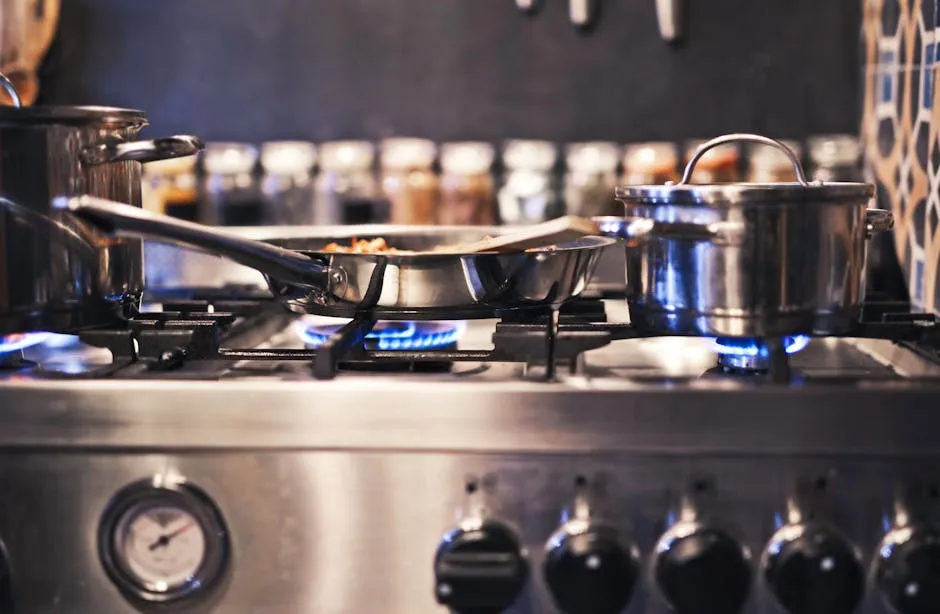
Creative Twists on Spiral Ham
Flavor Infusions
Want to elevate your spiral ham? Try unique glazes! A vibrant citrus glaze can brighten up your dish. Mix orange juice, brown sugar, and Dijon mustard for a refreshing twist. For spice lovers, consider adding chili powder or sriracha to your glaze.
When applying these flavors, do so carefully. Brush the glaze on during the last hour of cooking. This way, you avoid drying out the ham while still infusing it with delicious taste. Remember, the key is to enhance the ham’s natural flavor without overwhelming it.
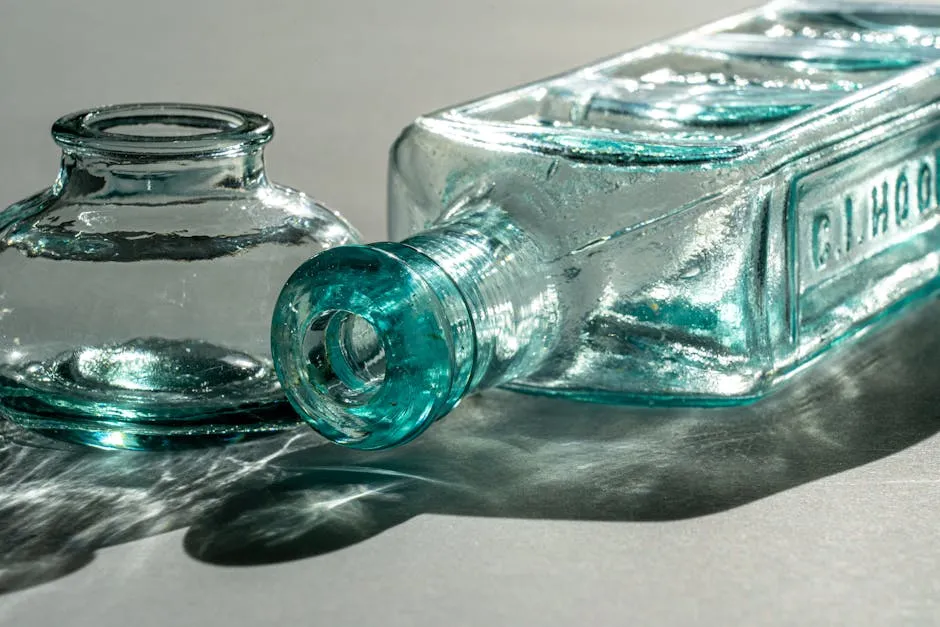
Serving Suggestions
Pair your spiral ham with both traditional and modern side dishes. Classic options like Creamy Mashed Potatoes Recipe Book and tangy Cranberry Sauce Recipe Book are always crowd-pleasers. For a fresh take, serve with a zesty zesty salad dressing drizzled over a refreshing arugula salad mix.
When it comes to pairing flavors, think balance. The richness of the ham pairs well with bright, acidic sides. Consider roasted vegetables recipe book or a simple green salad to complement the meal. With the right sides, your spiral ham will shine as the star of the table.
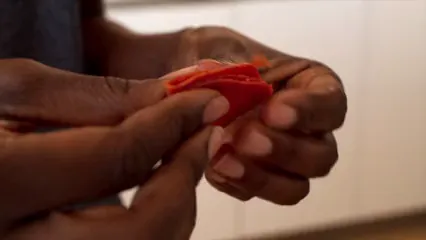
Fun Facts About Spiral Hams
Spiral hams have an interesting history. The spiral-cut method was popularized in the 1960s by Harry J. Hoenselaar. This technique made slicing and serving ham much easier. Before this innovation, hams were typically carved by hand, which was much more time-consuming.
Over the years, spiral-cut hams have gained immense popularity. Their ease of serving makes them a hit at holiday gatherings. Families love showcasing these hams at festive meals. Plus, their visual appeal adds a delightful touch to any table setting.
Culturally, ham holds a special place in various celebrations. In the U.S., it’s often featured at Easter and Christmas dinners. In other cultures, like Spain, ham is a symbol of prosperity. Jamón ibérico, for example, is a delicacy served during holidays and family gatherings.
Across different regions, you’ll find unique traditions tied to ham. In the South, a sweet glaze is often used, while in Europe, saltier preparations are common. No matter the style, ham brings people together during special occasions, creating lasting memories and delicious meals.

Conclusion
In summary, preventing dryness in spiral hams is essential for a delightful meal. Proper cooking techniques, like low temperatures and frequent basting, are key. Thoughtful preparation ensures your ham remains juicy and tender. Remember to choose a quality ham, monitor its cooking carefully, and use the tips shared. With these strategies, you’ll impress your guests and create a centerpiece that everyone enjoys. Happy cooking!
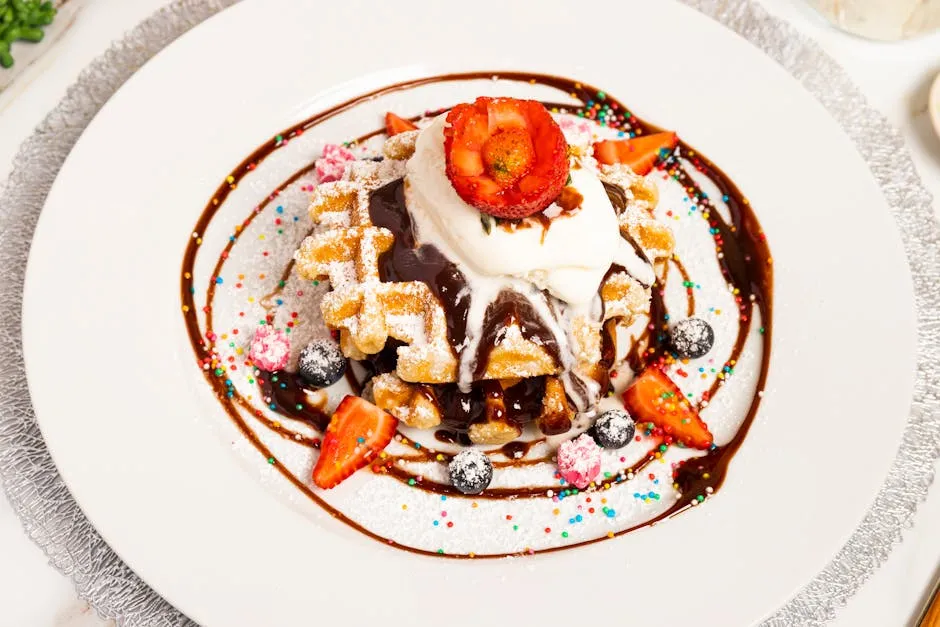
FAQs
Why does my spiral ham taste dry?
Dryness often stems from overcooking. Even pre-cooked spiral hams can lose moisture if heated too long. High temperatures also cause moisture to evaporate quickly. To keep your ham juicy, avoid cooking it at high heat. Instead, aim for a low and slow approach. Basting your ham with its juices or a glaze every 20-30 minutes can help retain moisture. Covering the ham with foil traps steam, keeping it moist while it cooks.
What is the best way to reheat leftover spiral ham?
Reheating spiral ham can be tricky. To keep it moist, wrap individual slices in foil, adding a splash of water or broth. Bake at 275°F for about 10-15 minutes until warmed through. Alternatively, you can use a steamer or microwave, but be careful not to overheat. Just warm it gently to avoid that shoe leather texture. A covered dish with some moisture is key to achieving tender leftovers.
Can I cook a spiral ham in a slow cooker?
Yes, you can absolutely cook a spiral ham in a slow cooker! This method is great for moisture retention. Set the slow cooker to low and cook for 6-8 hours, depending on the size. Adding a little liquid, like apple juice or broth, will enhance flavor and moisture. Ensure the ham is fully submerged in the liquid for best results. Slow cooking allows the flavors to meld beautifully without drying it out.
Is it necessary to glaze a spiral ham?
Glazing a spiral ham is not mandatory, but it does enhance flavor and appearance. A glaze adds a sweet, caramelized layer that contrasts nicely with the savory meat. You can use store-bought or homemade glazes. If you prefer a more natural taste, serving the ham plain also works well. Just remember that a well-glazed ham often looks more appealing on your holiday table.
What sides pair well with spiral ham?
Spiral ham pairs beautifully with various side dishes. Traditional options include creamy mashed potatoes, green bean casserole, and tangy cranberry sauce. For a contemporary twist, consider serving it with roasted Brussels sprouts or a vibrant arugula salad. An apple or pear salad with nuts can also complement the savory flavors of the ham. The key is to balance rich and fresh sides for a well-rounded meal.
How can I tell if my spiral ham is fully cooked?
To ensure your spiral ham is fully cooked, check the internal temperature. It should reach about 140°F (60°C). Use a meat thermometer inserted in the thickest part without touching the bone. You can also look for visual cues—juices should run clear, and the meat should have a warm, pink hue. If you’re unsure, err on the side of caution and heat it a little longer.
Are there any health considerations when choosing ham?
Yes, there are a few things to keep in mind. Many hams are high in sodium, which can be a concern for those monitoring salt intake. Additionally, processed meats, including ham, can contain preservatives. Look for hams labeled as “natural” or “uncured” to avoid additives. Reading labels can help you make a healthier choice while still enjoying this delicious meat.
Please let us know what you think about our content by leaving a comment down below!
Thank you for reading till here 🙂
For insights into why spiral hams can sometimes have a tough texture, check out this article on why spiral hams can resemble shoe leather.
All images from Pexels




